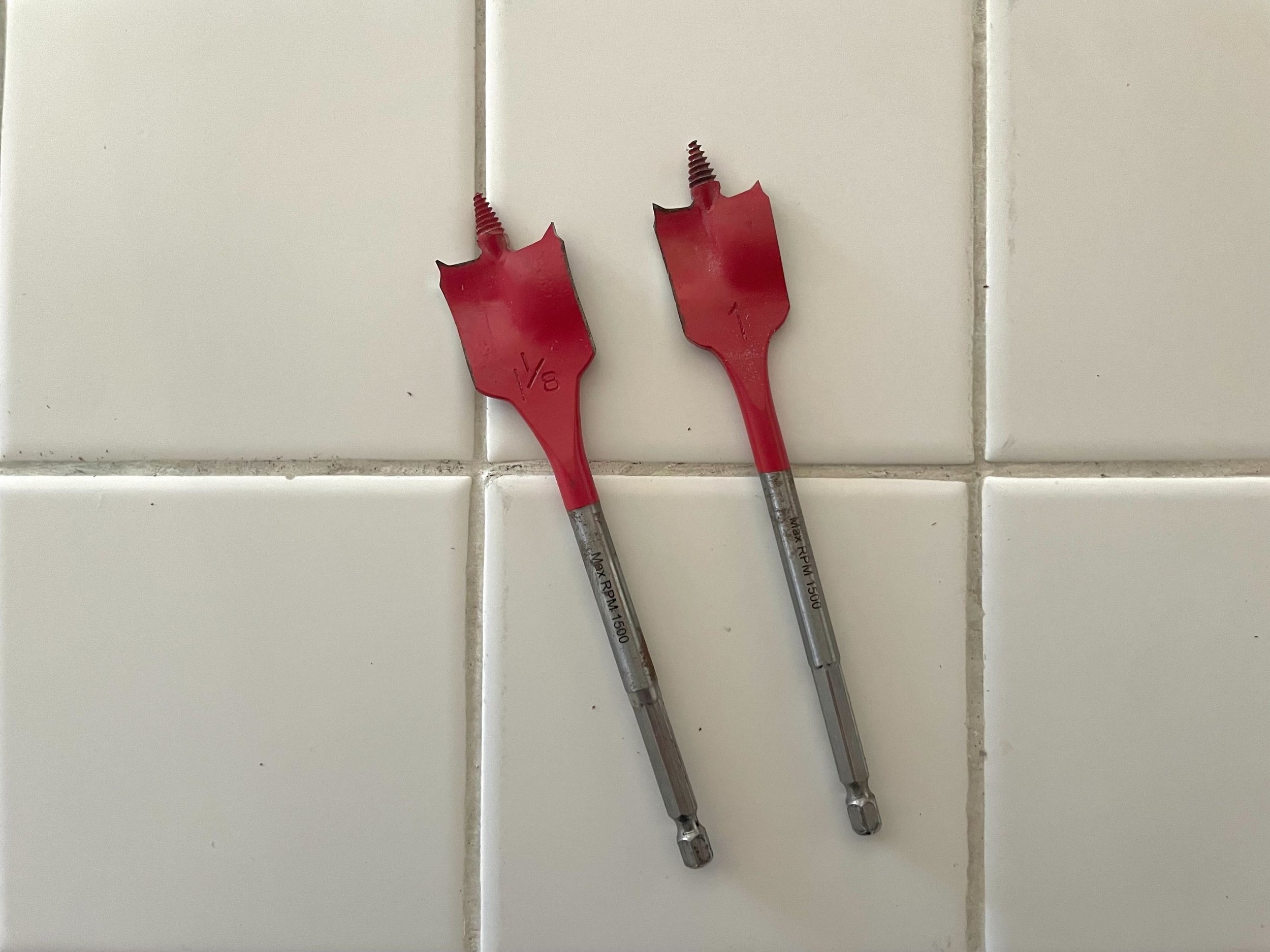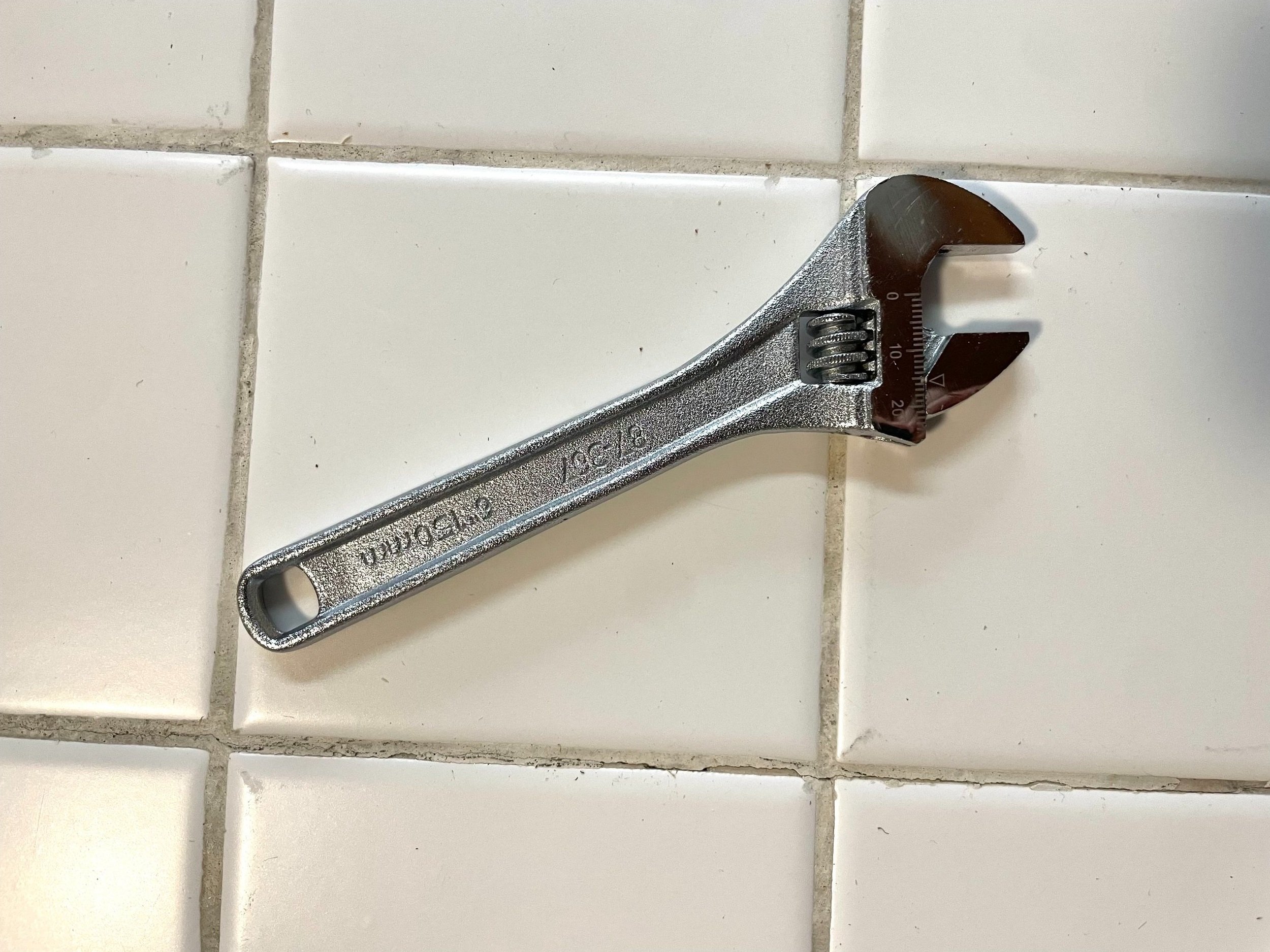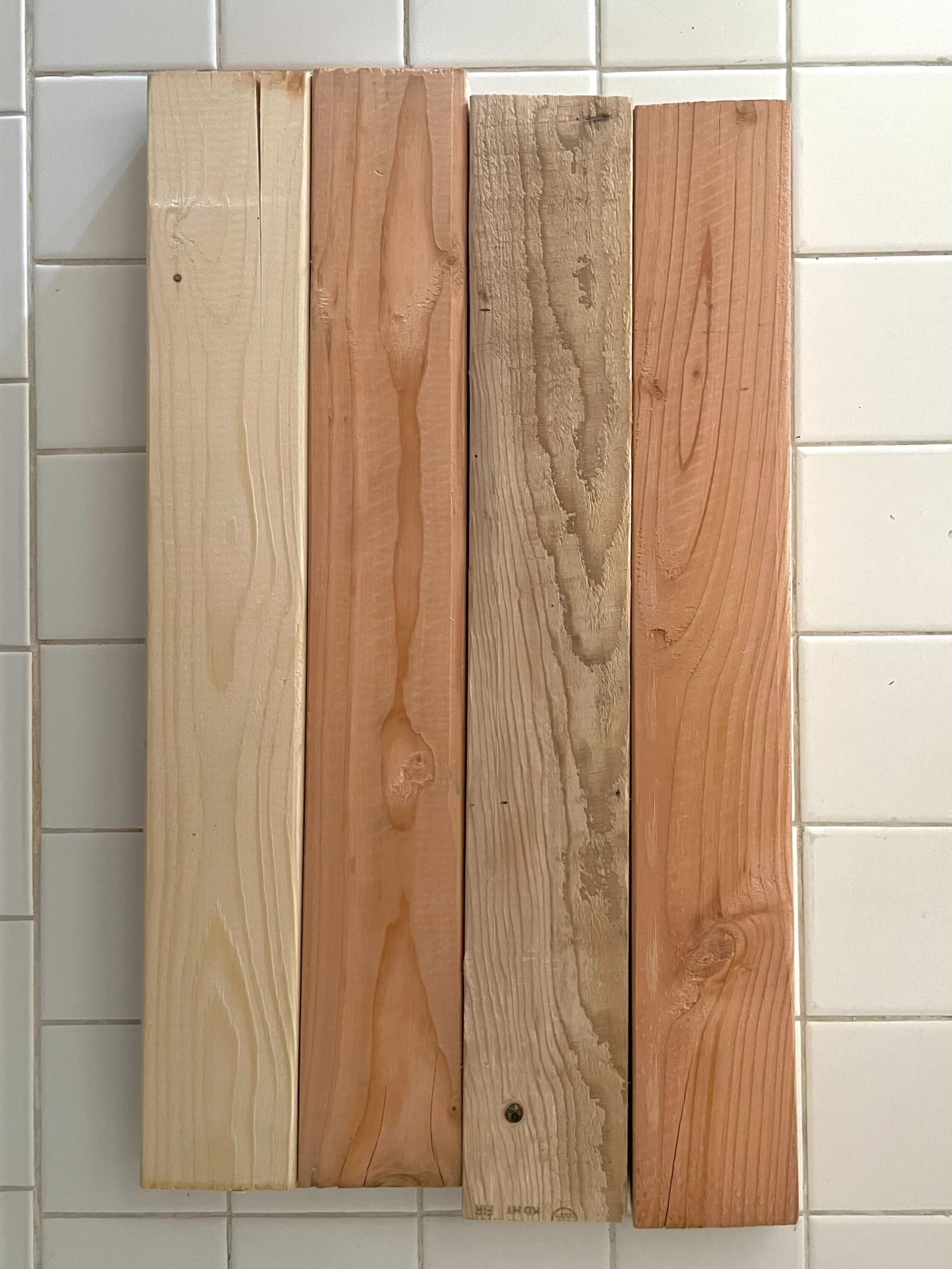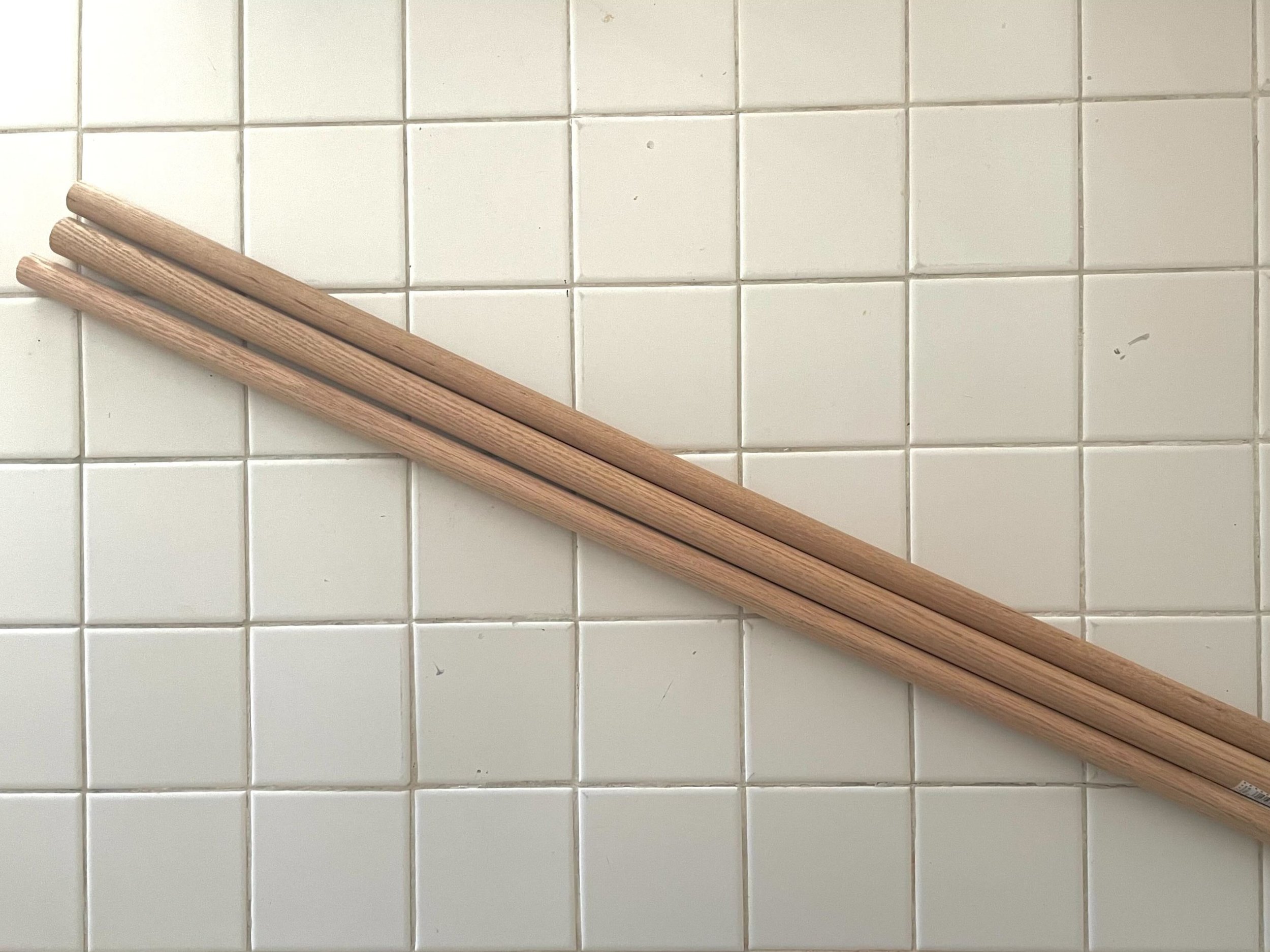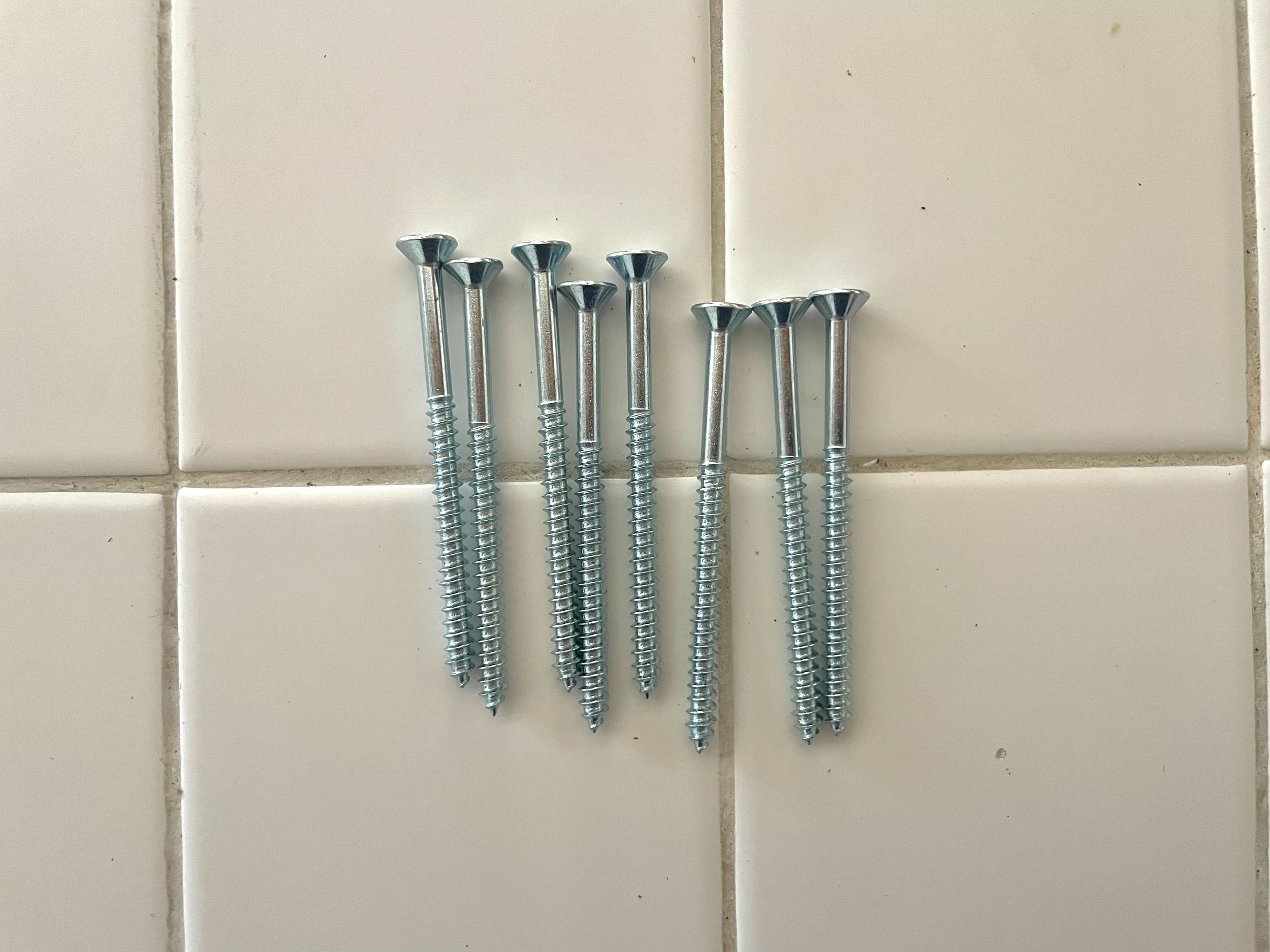WRITTEN BY Jayson Niner
Sound Editor, BOOM BOX POST
On past projects I have received critiques that my wood creaks for various items (doors, wooden chairs, footsteps, etc) sounded pretty weak and ill-fitting for the scene. The sound libraries I had access to at the time really didn’t offer many quality options, so I decided to do some research on how I could capture better creak sounds. I stumbled upon a couple videos online of Foley artists using what is called a creak box. This Foley instrument allows the user to more precisely create and perform creaking sounds quite easily. Below I’ll be going over how I put together a couple different creak boxes of my own and what I learned in the process.
Why use a creak box?
First thing’s first, what reasons are there to take the time and effort to make your own creak box? Well, like I mentioned above, a creak box can provide much more specific creak and or squeak sounds for your project. They also allow the user to easily perform the creaks in real time to picture. By changing the length and width of the ropes you use in your creak box you can create many different qualities of sound which leads to a lot of room for experimentation and most of all it’s fun!
Tools needed
Materials Needed
Step 1: Cutting the Dowel Rod Holes
Measure roughly half the length and width of two of the planks of wood and drill a hole for the dowel rod to slot into using a spade drill bit.
Depending on the number of dowel rods/ropes you will be using, drill additional holes, above and below as well as offset from the initial hole.
Try to make sure that the holes in each plank mirror each other to assure the dowel rods will slot in correctly
Warning: If you decide to use a square frame instead of a rectangle frame the hole must be measured with the adjusted plank position in mind.
Step 2: Making the frame
Drill two wood screws to attach the holed planks to a base plank creating 90 degree angles.
Attach the final plank on top to complete the frame, again using two wood screws for each corner.
For a square frame, instead of a rectangle, follow the image below on the right.
Step 3: Attaching the Eye Bolt
Drill a hole roughly at the mid point of the bottom plank using a wood drill bit.
Attach a washer and nut on the eye bolt before inserting into the plank.
Insert the eye bolt so that the “eye” is within the frame.
Attach another washer and nut on the other end of the bolt.
Tighten the inside nut firmly with the wrench and then hand tighten the outside nut.
If you have more than one dowel rod drill the extra eye bolts on either side of the center eye bolt and offset them to align with the extra dowel rods.
Step 4: Insert the Dowel Rods and Attach the Rod Handles
Insert the dowel rod into the hole made previously.
Drill a small hole through one end of the dowel rod for your long hex bolt.
If the bolt is too loose and moves around freely be sure to add a washer and nut on each side to keep the bolt in place.
Step 5: Tie the Ropes Around the Dowel Rod and the Eye Bolt
Wrap the rope around the dowel rod and through the eye bolt.
If possible make multiple loops around the dowel rode for a more resonant sound.
Tie the rope tightly to the eye bolt.
End Results
Square Frame with One Dowel Rod
Rectangle Frame with Three Dowel Rods Using Different Rope Material
Audio Examples
Here are some examples I recorded of the creak box! The only processing I used for these include some pitch shifting on the “Ship Creak” and “Ship Cabin” examples.
Tips and Tricks
Experiment with different rope or string material
Adjust the tension using a wrench on the outside nut of the eye bolt. If you’re not getting the tension you want try tightening the rope.
Grab the rope at different points to alter pitch and tone quality of the squeaks.
If you enjoyed this blog, check out these:
LUNCH AND LEARN: THE BASICS OF 360 AUDIO DESIGN
LUNCH AND LEARN: ADVANCED PRO TOOLS SHORTCUTS, TIPS, AND TRICKS
A BEGINNER'S GUIDE TO STARTING YOUR SOUND EFFECTS LIBRARY



